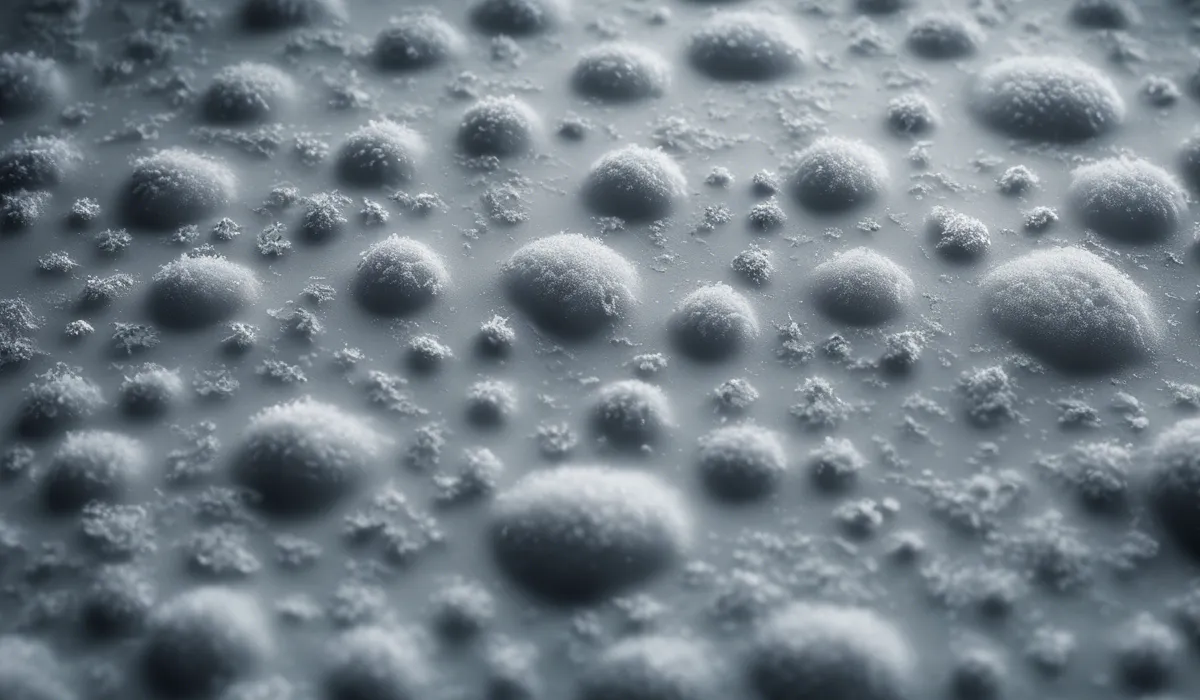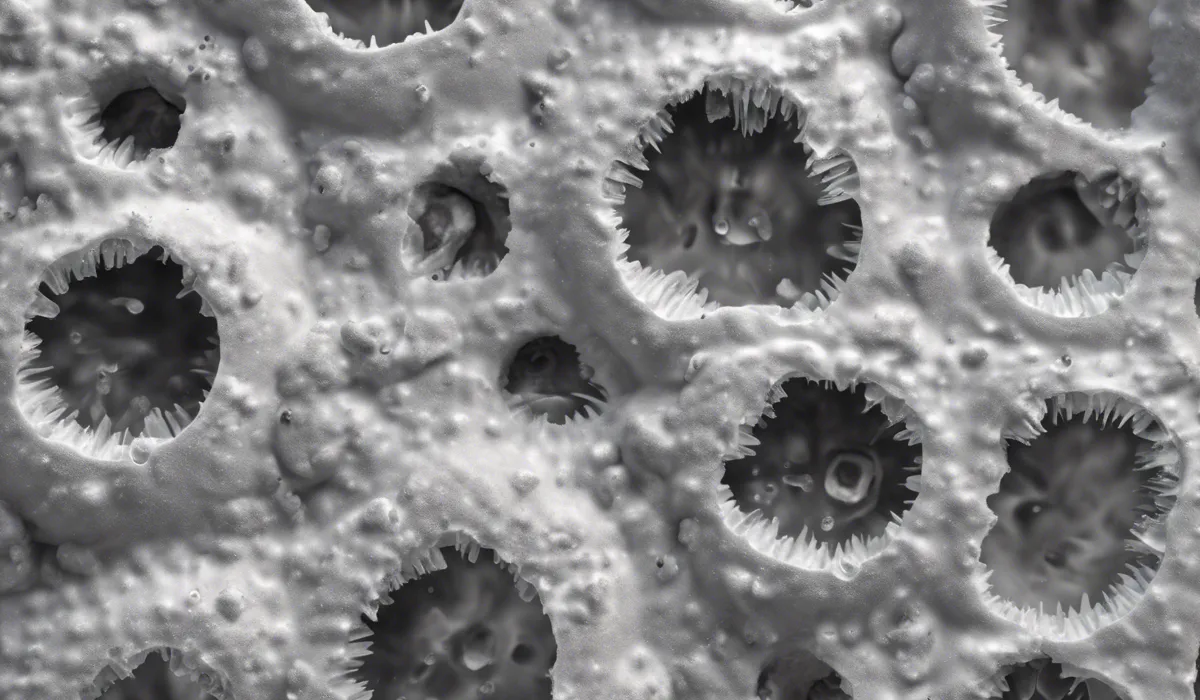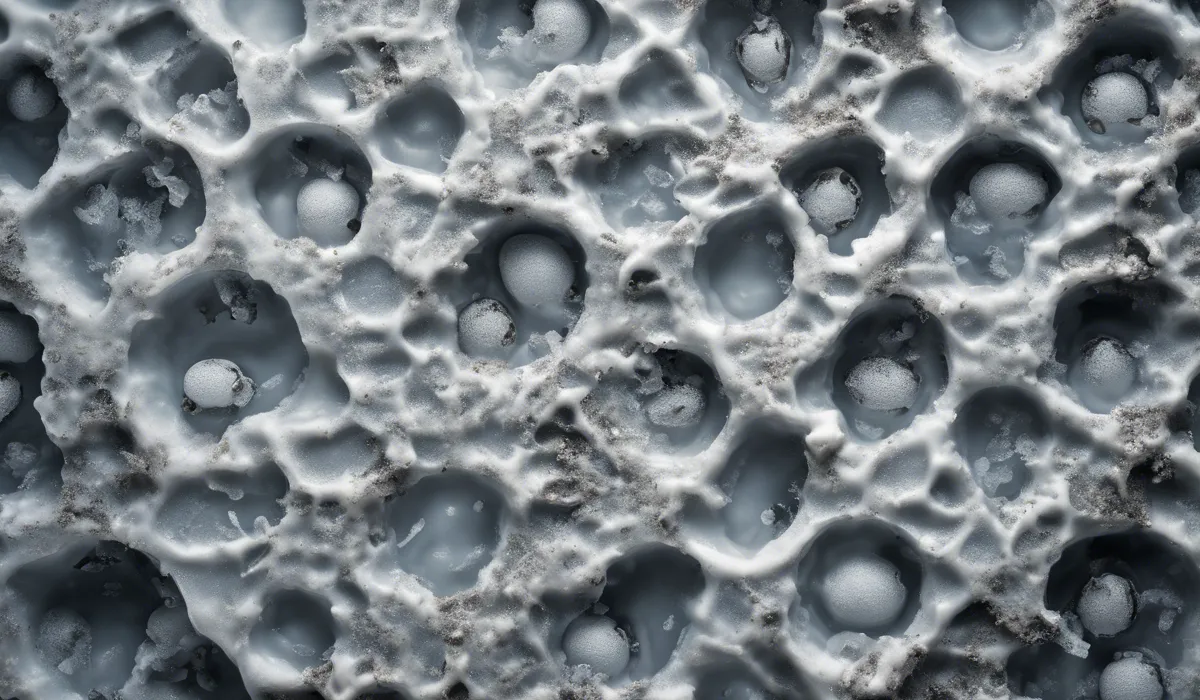Freezing does not kill mold, but it can inhibit its growth. When frozen, mold spores become dormant and will not spread. However, once the temperature rises and conditions become favorable, these spores can become active again and continue to grow.
Science of Mold and Freezing Temperatures

Understanding Mold as a Fungus
Mold is a type of fungus, similar to mushrooms and yeast. It is a living organism that plays a crucial role in nature by breaking down dead organic matter.
However, when it grows indoors, it can cause problems for people and their homes.
Reproduction Through Spores
Molds reproduce by producing tiny particles called spores. These spores travel through the air and can settle on surfaces. If the conditions are right, they will grow into new mold colonies.
Growth Requirements for Mold
For mold to grow, it needs moisture, a food source like wood or paper, and a suitable temperature range. Most molds prefer warm temperatures, but some can grow in cooler conditions.
Dormancy vs. Death in Freezing Temperatures
When exposed to freezing temperatures, mold does not die. Instead, it enters a state of dormancy.
This means the mold stops growing and remains inactive until conditions improve.
Research on Mold’s Survival in the Cold
Studies have shown that mold can survive in freezing conditions. Scientists have found that even after being frozen, mold spores can become active again and start growing once they are back in a warm, moist environment.
Impact of Freezing on Different Types of Mold

Typical Household Molds
Many homes have molds like Aspergillus, Penicillium, and Cladosporium. These molds can grow on walls, in basements, and on food.
Varying Cold Tolerance
Not all molds are the same. Some can handle cold better than others. For example, some types of Penicillium can still grow at low temperatures.
Mold Species That Withstand Freezing
Researchers have identified specific mold species that are particularly robust in freezing conditions. These molds can survive being frozen and later return to an active state.
The Influence of the Substrate
The material that mold grows on, called the substrate, can affect how well it survives freezing. Some materials might protect the mold, while others do not.
Practical Tips for Handling Mold with Freezing

Using Freezing as a Mold Control Method
Freezing can be part of a mold control strategy. For instance, freezing contaminated items can stop mold from growing and spreading.
Limitations of Freezing for Mold Cleaning
Freezing alone will not kill mold. It is important to understand that once the items are thawed, the mold can start to grow again if the conditions are right.
Step-by-Step Freezing Process
To freeze items for mold control, place them in a freezer set to 0°F or colder for at least 48 hours. This will make the mold dormant.
Post-Thawing Precautions
After thawing, it is essential to clean the items thoroughly to remove any dormant spores. This will help prevent mold from growing back.
Alternatives to Freezing for Mold Removal
Other ways to deal with mold include using mold-killing products, reducing indoor humidity, and ensuring good ventilation. It is often best to combine several methods for effective mold control.
FAQs About Freezing and Mold
Does freezing food prevent mold growth?
Freezing can inhibit mold growth by making spores dormant, but it does not prevent it entirely. Once thawed, mold can continue to grow if conditions are favorable.
Can mold spores survive in the freezer?
Yes, mold spores can survive in the freezer as they become dormant and can reactivate once the temperature rises.
Will freezing clothes remove mold?
Freezing may inactivate mold on clothes temporarily, but it does not kill the spores. Mold can return when the clothes are warmed up and if moisture is present.
Is it safe to eat frozen food that had mold on it before freezing?
It is not recommended to eat food that had visible mold on it before freezing, as some molds can produce harmful toxins that might not be eliminated by freezing.
What is the best way to kill mold on food?
The best way to kill mold on food is by discarding the affected parts, as cooking to the appropriate temperatures may kill the mold but not necessarily all the toxins produced by some mold types.
Final Thoughts
Freezing is a temporary measure to inhibit mold growth, rendering spores dormant without killing them.
These spores will not spread while frozen but can reactivate and grow once thawed if conditions are favorable. Thus, freezing is not a solution for mold eradication.
